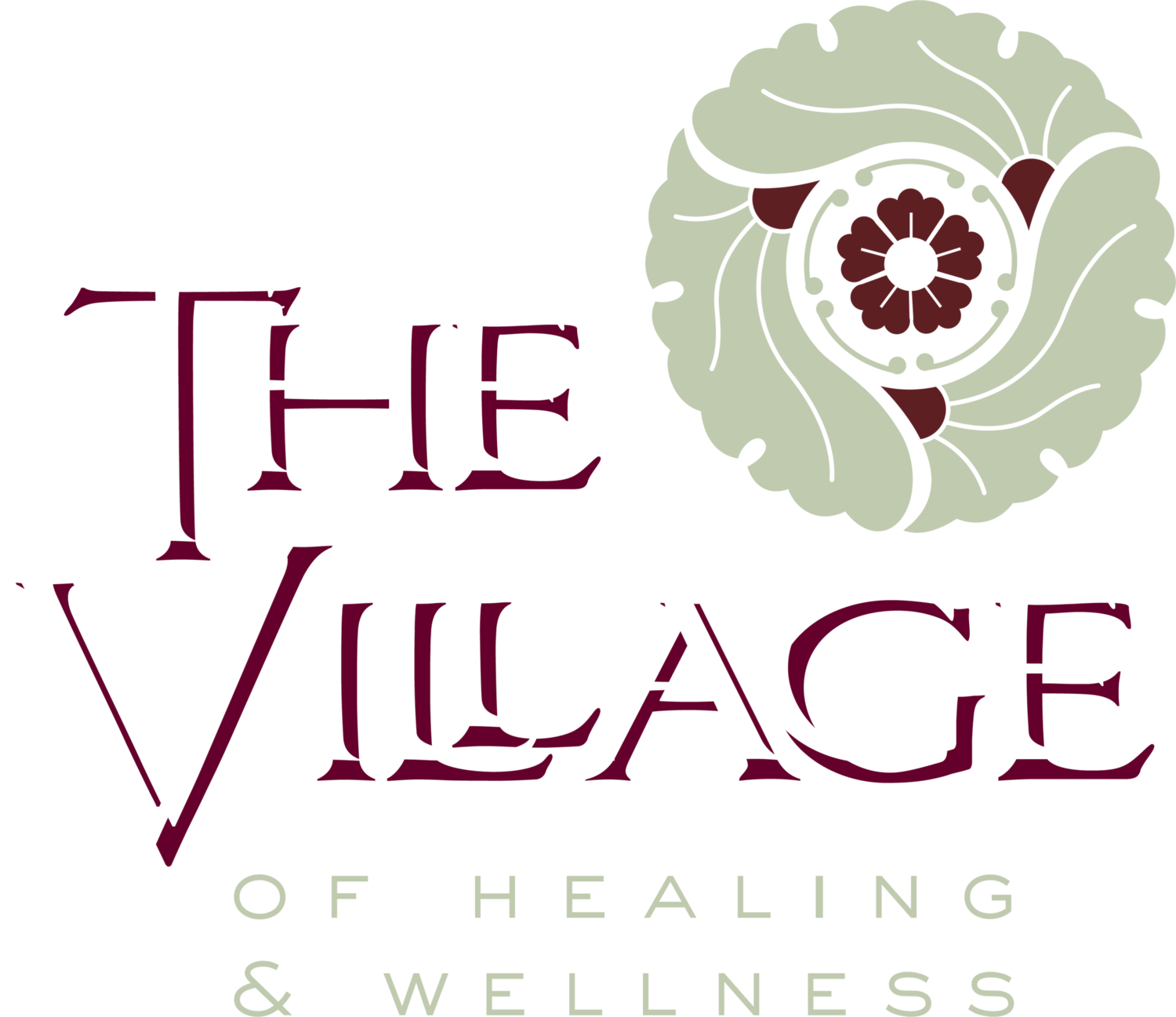Sifu George and Dr. Joe Baumgarden, DPT
Anytime you are able to exercise and move the body, you will benefit. Circulation improves, mindset improves, your muscles get stronger, and a list of other positive changes occur as well.
However, Eastern and Western cultures view exercise differently. Much like that of their philosophical differences, Eastern exercises such as qigong or tai chi are holistic, meaning they involve every aspect of our being whereas Western style exercises are more reductionist, meaning they tend to focus on one thing or one part at a time. You need to do exercises for each individual muscle group, cardiovascular exercises, flexibility exercises, etc.
Both styles of exercise are good for you. They both have different philosophies and ways to improve your health. It is ultimately up to you to decide which one is right for you.
When you practice qigong or tai chi, from a physical viewpoint, your entire body is involved. Movements involve your upper body and lower body simultaneously in many cases. In this way, your body is balanced. An important aspect of this whole-body training is the effect it has on your fascia, which is tissue that is involved in every internal structure of your body from the top of your head to the tips of your toes, including your organs. It aids in structure, movement, circulation, and a host of other functions. Anything that impacts fascia in one part of your body ultimately impacts it everywhere. By practicing qigong and tai chi, your fascia is gently stimulated and stretched throughout your body, improving its pliability and keeping it healthy. This will not give you the defined physique as strength training would, but you will be balanced overall. From a cardiovascular exercise viewpoint, it may not seem like much but studies have shown that practicing qigong or tai chi can help improve blood pressure, heart rate, cholesterol levels, and many other heart health variables. These practices use slightly more energy than brisk walking and nearly as much as riding a bicycle at a comfortable speed.
Western exercise on the other hand is much different. There are a number of different exercise programs and methods available, each with a different focus. One may choose to focus exclusively on a certain type of exercise such as strength training, flexibility training, cardiovascular exercises, or they may perform a number of combinations of the three. There are also many programs which commercialize the various types of exercise available. When doing strength training, you typically focus on one part of the body or muscle group at a time, such as bicep curls or bench press (which involves a few muscle groups). In some cases, this can lead to an imbalance and an over development of some muscle groups and if neglected, atrophy of those areas. If lack of balanced exercise continues, this may lead to pain, degenerative changes, and increased stiffness in the body.
Another major difference is breathing. Eastern exercise emphasizes focusing on the breath. Slow, deep, diaphragmatic breathing can lead to a number of health benefits due to its effect on the parasympathetic nervous system. Breath training is not really emphasized in Western
exercise. When it is, the pace and timing of breathing, or when to exhale during a movement and when to inhale- not necessarily whether it is slow, deep, diaphragmatic breathing or not- is usually the focus. During or after Western types of exercise, you may see people become very short of breath because they hold their breath or do not breathe properly. People even pass out from heavy exertion and not breathing properly. However, with proper training, people can increase their cardiovascular health, endurance, and stamina so they may participate in very intense activities such as marathons, various sports, or other desired events.
One of the tendencies of Western exercise is to also favor aesthetics, or someone's physical appearance. Bodybuilders and fitness enthusiasts perform certain exercises to help transform their body into what they desire. The result may be enormous, well-defined muscles, a very slim physique, or anything in between.
